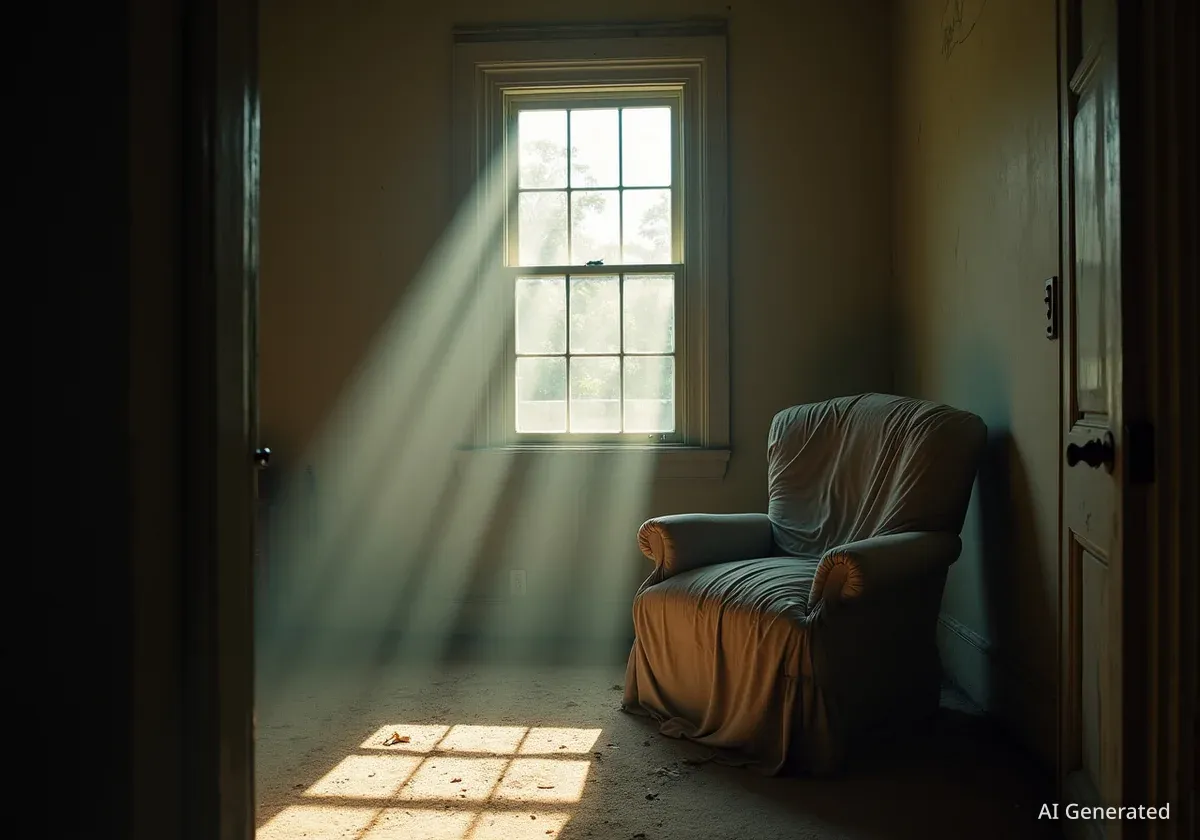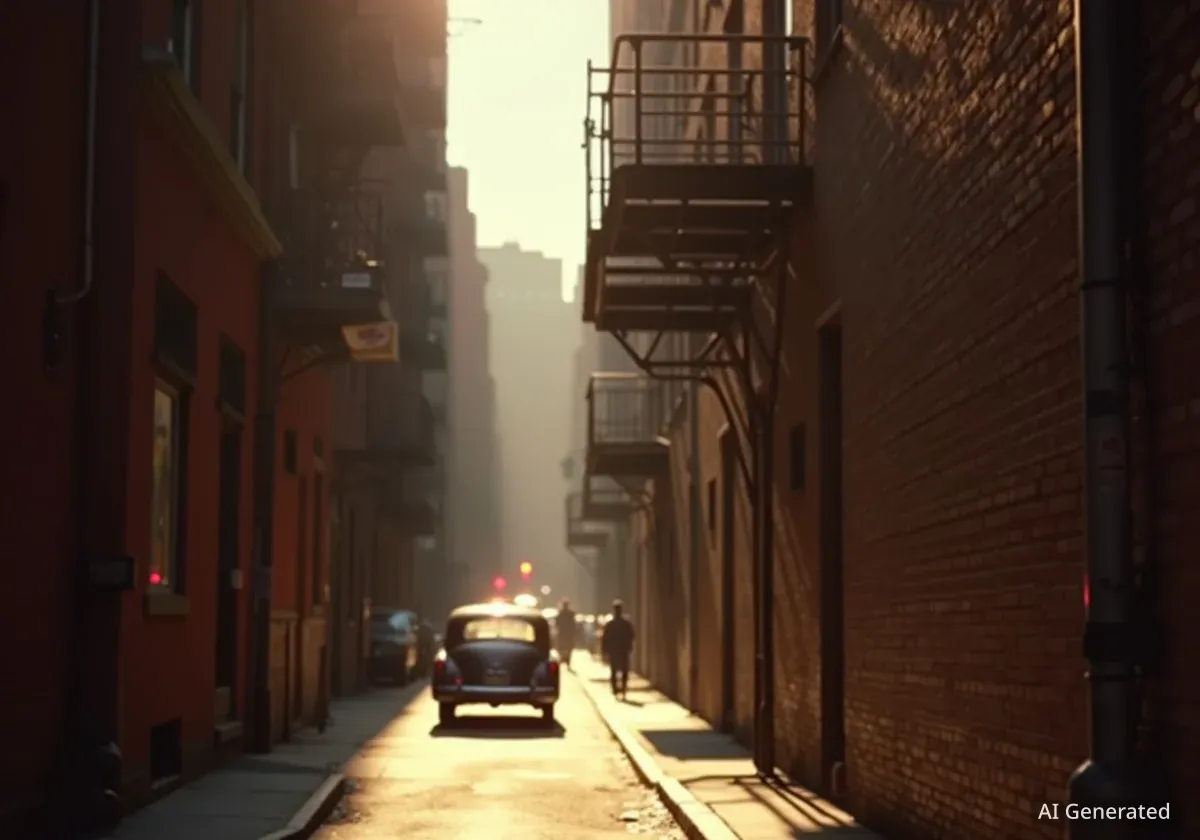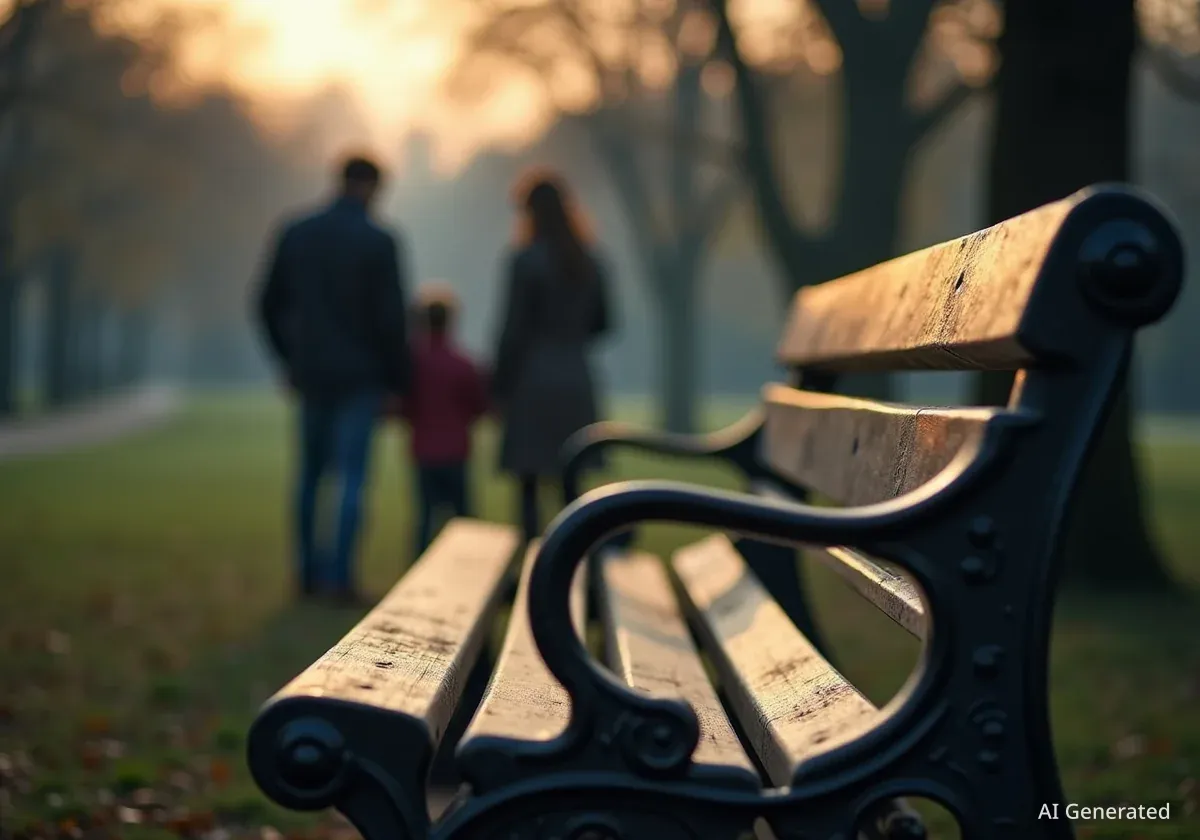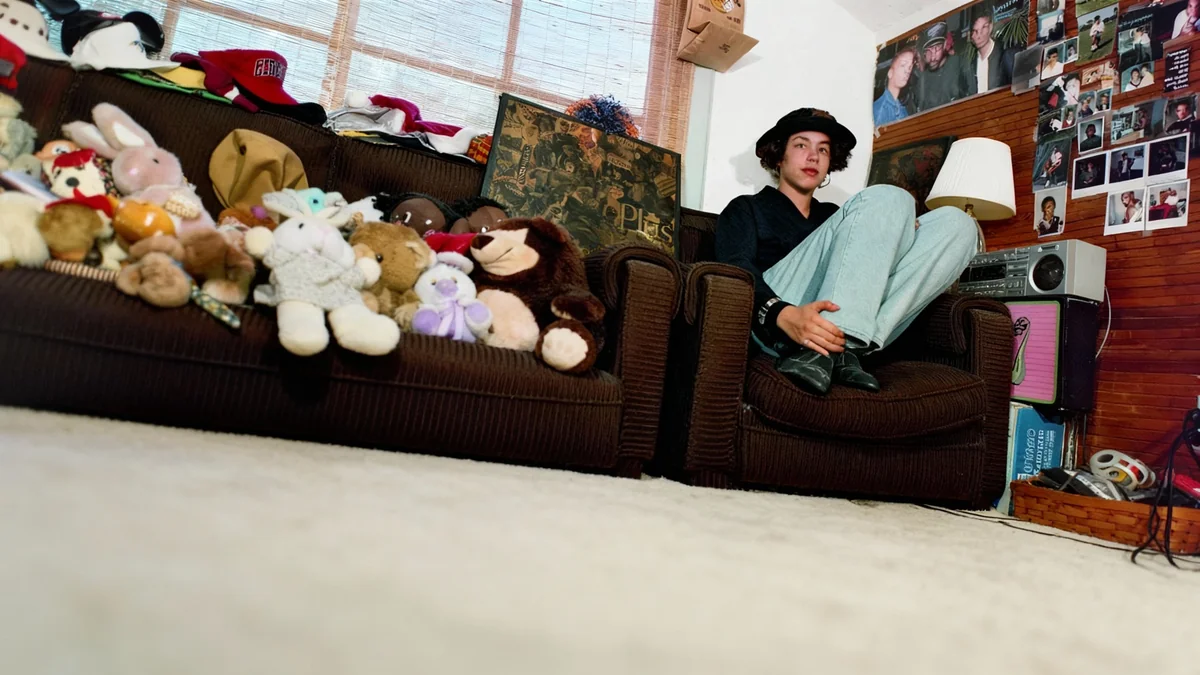For a decade, New York-based photographer Bryan Sansivero has traveled across the United States, seeking out and documenting abandoned houses. His work, which captures these forgotten structures in a state of haunting decay, has been compiled into a new book titled “America the Abandoned: Captivating Portraits of Deserted Homes.”
Sansivero focuses on homes that were left with personal belongings still inside, creating eerie time capsules that offer a glimpse into the lives of their former residents. From crumbling Victorian mansions to decaying farmhouses, his images tell a story of memory, loss, and the slow reclamation of space by nature.
Key Takeaways
- Photographer Bryan Sansivero has spent 10 years documenting abandoned homes across the U.S. for his new book, “America the Abandoned.”
- He seeks out homes that still contain personal items, acting as undisturbed “time capsules.”
- Sansivero uses medium-format film, a deliberate choice to counter the fast-paced, viral nature of modern urban exploration content on social media.
- The project involves significant risks, including structural instability and hazardous materials like mold.
- The book features a wide range of properties, including the former homes of a Pulitzer Prize-winning author and a local politician.
A Decade of Documenting Decay
Bryan Sansivero's journey into abandoned spaces began during his time as a film studies major in college. His thesis project focused on the Kings Park Psychiatric Center, a large, disused hospital on Long Island. This initial experience sparked a deeper interest in forgotten places.
Over the years, his focus shifted from large institutions to private residences. He found that while abandoned hospitals and schools were relatively easy to locate, deserted houses offered a greater sense of discovery and a more intimate connection to the past. Millions of such homes are scattered across the country, each with a unique, untold story.
“It’s about capturing these time capsules; these lost places,” Sansivero stated. “I like the mystery of not knowing what you’re going to find.”
The Stories Left Behind
What sets Sansivero's work apart is his focus on homes that were never fully emptied. Inside these structures, he has found libraries filled with books, papers, and photographs, sometimes with a coffee mug left on a nearby table. Grand pianos collect dust in silent living rooms, and children's playrooms remain frozen in time, scattered with toys.
These scenes provide a powerful, and often unsettling, portal into another life. One home in the Catskills, filled with taxidermy, appeared to have been inhabited by a hunting enthusiast until their final days, evidenced by a hospital bed and medical equipment found in an upstairs room.
The Rise of Urban Exploration
The practice of exploring and photographing abandoned man-made structures is often called urban exploration, or "urbex." In recent years, it has become a popular content category on social media platforms, with creators competing for views and followers by visiting increasingly dramatic or dangerous locations. Sansivero intentionally distances his methodical, film-based approach from this trend.
A Methodical Approach in a Digital Age
Sansivero has consciously chosen a slower, more deliberate artistic process. In an era where urban explorers chase viral content with digital cameras, he has moved in the opposite direction by using medium-format film. This method requires more patience and technical skill, aligning with his goal of thoughtful documentation rather than sensationalism.
“For me, I’ve just been going backwards. I want to shoot more film. I want to shoot less digital, with an emphasis on using older, unique equipment.”
This approach allows him to focus on the narrative quality of a location. “I can find a dozen or more houses exploring in a day and not want to photograph anything, because it’s an empty shell or it’s been trashed — it’s not telling a story about the previous owner,” he explained. “I’m interested in what happened, why it was left like this.”
Discovering and Documenting the Forgotten
Finding these hidden locations is a challenge. Sansivero often discovers houses by chance while driving through rural areas or uses tools like Google Earth to spot promising properties. He takes weeklong trips to regions in the South and Midwest, particularly areas impacted by the loss of industry and other economic pressures.
The Risks of Exploration
Documenting decaying buildings comes with inherent dangers. Sansivero has encountered numerous hazards, including inhaling mold, falling through a rotted floor, and feeling the structure of a house sway precariously around him. He now carries masks and exercises extreme caution when entering a new site.
While he researches the history of the houses he photographs, he chooses to share limited details in his book. By anonymizing the former residents, he respects their privacy and avoids exploiting what are often tragic personal stories. Among his discoveries are the former homes of a Pulitzer Prize-winning author, a prominent fashion designer, and a local politician.
Unsettling Discoveries
Some of his finds have been particularly strange and disturbing. In one house, he found rooms filled with life-sized mannequin mermaids. He later discovered a published account detailing the story of a serial killer who had allegedly claimed victims in the property's basement, though the origin of the mermaids remains a mystery.
He found that boarded-up brick building by chance. “We were just driving down the highway, and I was like, ‘Oh, look at that house,’” he recounted.
After a decade focused on the United States, Sansivero has recently turned his attention to Europe, exploring historic chateaus and castles. While “America the Abandoned” may mark the conclusion of this specific chapter of his work, the ongoing passage of time ensures there will always be more forgotten places waiting to be discovered.




